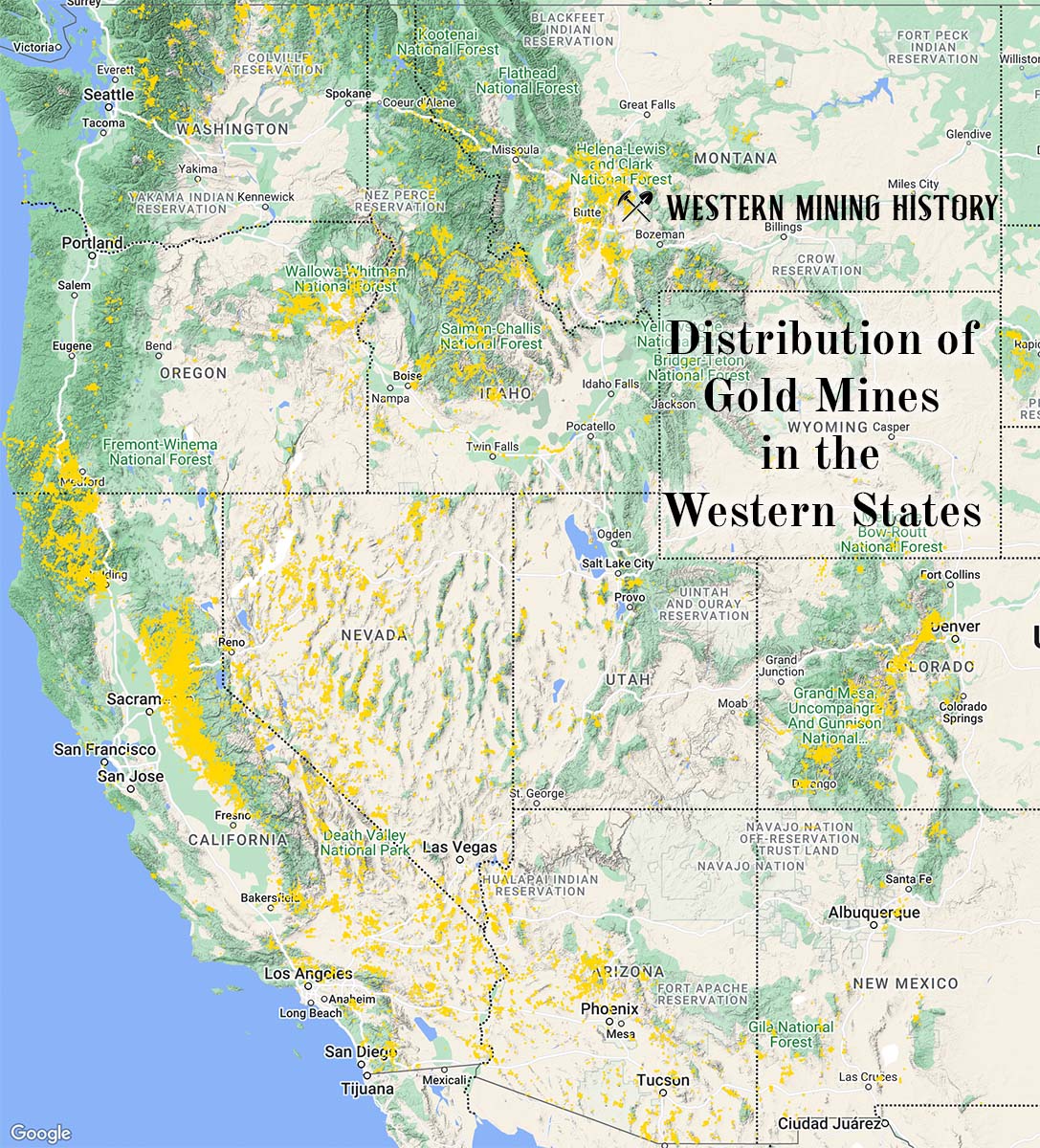The Akwe Beach is a iron, titanium, and gold mine located in Alaska.
About the MRDS Data:
All mine locations were obtained from the USGS Mineral Resources Data System. The locations and other information in this database have not been verified for accuracy. It should be assumed that all mines are on private property.
Mine Info
Akwe Beach MRDS details
Site Name
Primary: Akwe Beach
Commodity
Primary: Iron
Primary: Titanium
Primary: Gold
Secondary: Zirconium
Secondary: Chromium
Location
State: Alaska
District: Yakutat
Land Status
Not available
Holdings
Not available
Workings
Not available
Ownership
Not available
Production
Not available
Deposit
Record Type: Site
Operation Category: Occurrence
Operation Type: Unknown
Years of Production:
Organization:
Significant:
Physiography
Not available
Mineral Deposit Model
Not available
Orebody
Not available
Structure
Not available
Alterations
Not available
Rocks
Name: Sand and Gravel
Role: Host
Age Type: Host Rock
Age Young: Holocene
Analytical Data
Not available
Materials
Ore: Gold
Ore: Zircon
Ore: Rutile
Ore: Magnetite
Ore: Ilmenite
Ore: Chromite
Gangue: Garnet
Comments
Comment (Deposit): Model Name = Beach placer: ilmenite-based deposit, minor gold
Comment (Commodity): Ore Material = Gold (native)
Comment (Geology): Age = Holocene
Comment (Workings): Workings / Exploration = The area has been sampled fairly extensively by the Bureau of Mines in two investigations. Samples of beach sands collected by Thomas and Berryhill (1962, table 17, p. 30-33) contained as much as 5.3 pounds titania/cubic yard, 10.5 pounds of iron/cubic yard and a trace of chromite. Samples of auger holes of about 1.2 m length reported by Foley and others (1995, figure 15, Appendix A) contained gold, titanium, and zircon. A head split of sample number 281 contained 0.056 grams/ton of gold; a spiral concentrate of the same sample contained 2.01 percent titanium and 535 ppm zirconium. A spiral concentrate derived from sample number 283 contained gold; it also contained 1.89 percent titanium and 526 ppm zirconium.
Comment (Deposit): Other Comments = the deposit is in Tongass National Forest. Lands immediately offshore belong to the State of Alaska.
Comment (Geology): Geologic Description = The Akwe beach placer is developed on a wide band of unconsolidated deposits of Holocene age (Foley and others, 1995, figure 4). These deposits formed in marine and terrestrial environments and are in unconformable contact with bedrock of Tertiary and older age (Reimnitz and Plafker, 1976, p. 4-8).? the placer deposits mostly consist of medium coarse sand. They formed in a high energy environment. The deposits are products of winnowing by strong tidal currents, storms, and generally northwest-moving long shore currents. In addition to deriving materials by reworking of the unconsolidated deposits, rivers and streams bring down a constant supply of alluvium that is reworked and stratified by size and density. ? Deposits enriched in ilmenite and magnetite are locally preserved in uplifted strand lines back of the modern beaches. These enriched layers are relatively continuous and as much as several feet thick. Gold locally occurs with ruby and black sands on the modern beach in thin transient lenses and wedges. Zircon and rutile are locally enriched.? Samples collected at Akwe beach by Thomas and Berryhill (1962) contained as much as 5.3 pounds/cubic yard of titania and 10.5 pounds/cubic yard of iron. Foley and others (1995) found gold, titanium, and zircon in samples from the Akwe beach.? the ultimate source of the heavy minerals enriched in the placers is in the hard rock deposits of the Fairweather Range.
Comment (Reference): Primary Reference = Thomas and Berryhill, 1962; Foley and others, 1995.
References
Reference (Deposit): Thomas, B.I., and Berryhill, R. V., 1962, Reconnaissance studies of Alaskan beach sands, eastern Gulf of Alaska: U.S. Bureau of Mines Report of Investigations 5986, 40 p.
Reference (Deposit): Cobb, E.H., 1979, Summary of references to mineral occurrences (other than mineral fuels and construction materials) in the Bering Glacier, Icy Bay, Middleton Island, and Yakutat quadrangles, Alaska: U.S. Geological Survey Open-File Report 79-1246, 41 p.
Reference (Deposit): Cobb, E.H., 1972, Metallic mineral resources map of the Yakutat quadrangle, Alaska: U.S. Geological Survey Miscellaneous Field Studies Map MF-408, 1 sheet, scale 1:250,000.
Reference (Deposit): Reimnitz, Erk, and Plafker, George, 1976, Marine gold placers along the Gulf of Alaska margin: U.S. Geological Survey Bulletin 1415, 16 p.
Reference (Deposit): Foley, J.Y., La Berge, R.D., Grosz, A.E., Oliver, F.S., and Hirt, W.C., 1995, Onshore titanium and related heavy mineral investigations in the eastern Gulf of Alaska region, southern Alaska: U.S. Bureau of Mines Open-File Report 10-95, 125 p.
The Top Ten Gold Producing States

These ten states contributed the most to the gold production that built the West from 1848 through the 1930s. The Top Ten Gold Producing States.